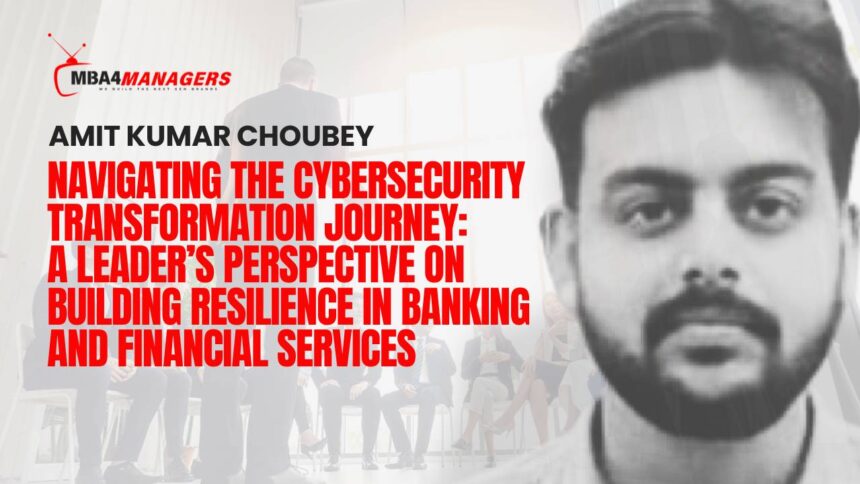In today’s rapidly evolving digital landscape, cybersecurity and technology risk management have become pivotal for organizations, especially within the banking and financial services sector. Over the last decade, the journey toward establishing a robust security posture and resilient ecosystem requires a strategic blend of technology, governance, and people-centered leadership.
Drawing from more than 13 years of hands-on experience in IT and information security, this transformation story encapsulates the key milestones and learnings from building secure, compliant, and agile environments within highly regulated and dynamic financial institutions.
Laying the Foundation: Building Security Teams and Centers of Excellence
The journey begins with assembling and nurturing dedicated cybersecurity teams — including the establishment of a Cyber Security Operations Center (C-SoC). Such centers act as the nerve center for monitoring, detecting, and responding to threats in real-time. Success in this phase hinges on optimizing the triad of People, Processes, and Technology (PPT). This involves:
- Recruiting and training skilled security professionals,
- Designing and refining operational workflows,
- Deploying advanced security tools like SIEM, Endpoint Detection and Response (EDR), and Data Loss Prevention (DLP).
A balanced focus on these elements ensures that the security team functions cohesively and proactively against the threat landscape.

Integrating Risk Management into the Organizational DNA
A critical phase in the transformation is setting up a Technology Risk function within the 1st Line of Defense. This function acts as the frontline guardian of risk and compliance frameworks, bridging security operations with enterprise governance.
Key initiatives include:
- Developing risk assessment methodologies tailored to technology and cybersecurity domains,
- Establishing mechanisms for regulatory compliance and audit management,
- Driving certification programs such as ISO 27001 and PCI DSS, which validate the maturity and reliability of security controls.
Embedding risk management processes enables organizations to anticipate, assess, and mitigate cyber risks effectively, ensuring regulatory expectations are not only met but exceeded.
Driving Continuous Improvement Through Audits and Incident Management
Information security audits and incident management are vital pillars of sustained cybersecurity health. Leading in-house and outsourced audits help uncover vulnerabilities across IT infrastructure, applications, and third-party integrations. These efforts lead to:
- A comprehensive understanding of security gaps,
- Prioritization of remediation actions based on risk ratings,
- Enhanced transparency and communication with senior leadership through audit committee presentations.
Additionally, robust incident investigation and root cause analysis enable organizations to refine their defenses and improve incident response capabilities continually.
Fostering a Culture of Security Awareness and Strategic Alignment
Cybersecurity is not solely a technical challenge; it demands strategic vision and cultural alignment. Leadership’s role extends to:
- Raising awareness about emerging threats and evolving attack vectors,
- Educating top management and stakeholders on the criticality of cybersecurity investments,
- Aligning security initiatives with broader business objectives to drive value and resilience.
Such engagement ensures cybersecurity is viewed as an enabler of business continuity and trust rather than a mere compliance checkbox.

Leveraging Certifications and Continuous Learning to Stay Ahead
The cybersecurity domain is dynamic, necessitating ongoing learning and upskilling. Earning globally recognized certifications in governance, risk, ethical hacking, cloud security, and information security management demonstrates commitment and expertise. Continuous professional development equips leaders to navigate complex threat environments and regulatory landscapes confidently.
Conclusion: Building Agile and Resilient Cybersecurity Ecosystems
The transformation journey in banking cybersecurity is a multifaceted endeavor that demands vision, persistence, and cross-functional collaboration. By focusing on building capable teams, embedding risk management, driving rigorous audits, fostering a security-first culture, and committing to continuous learning, organizations can fortify their defenses against cyber threats.
For leaders steering this transformation, the goal is clear: to create an agile and resilient cybersecurity ecosystem that safeguards organizational interests, protects stakeholder data, and supports sustainable growth in an increasingly digital world.













